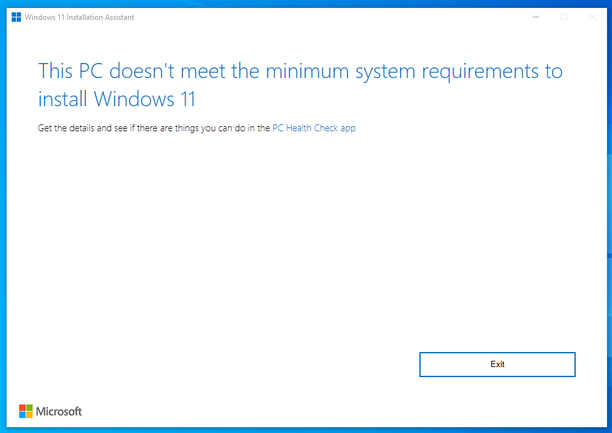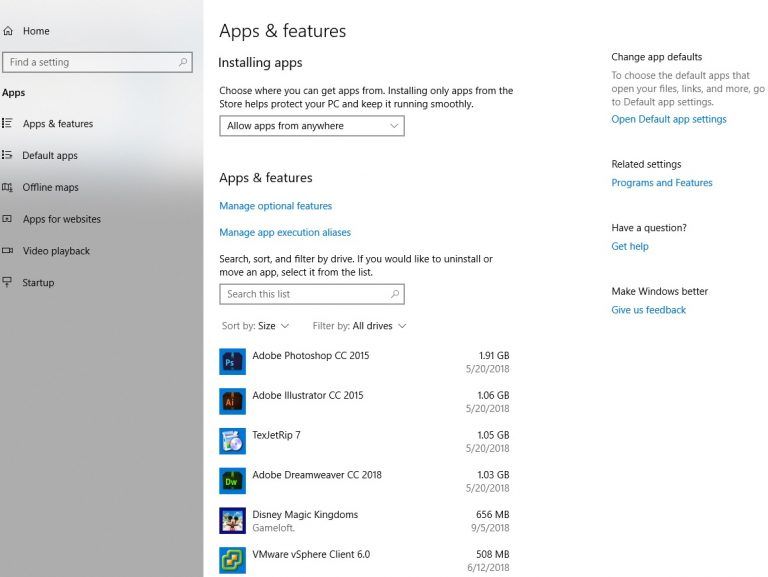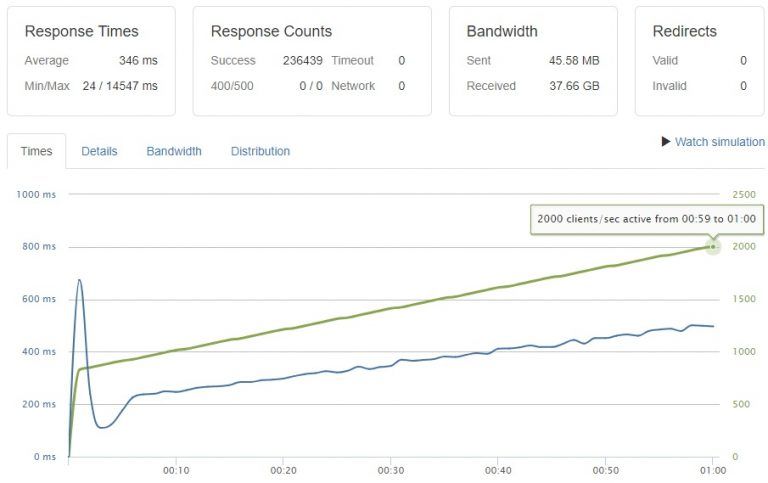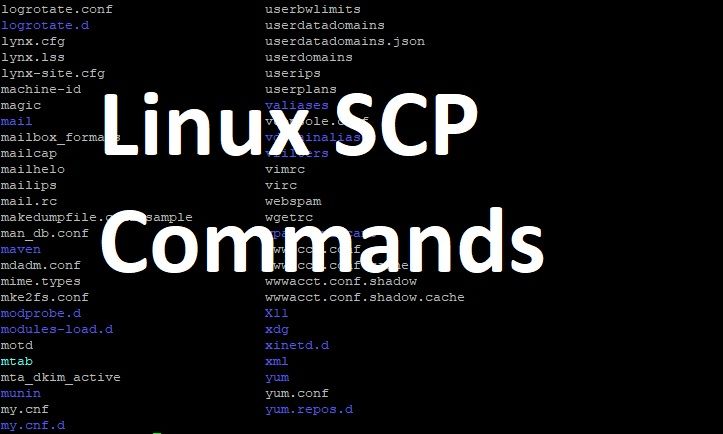First we need to answer the question: What is a Partition?
A partition is a part of a hard drive. You have the choice to determine the number of partition on your hard drive. After partitioning a hard drive, you can have more partitions. The computer regards each new partition as a separate disk and each of them will be showed under “Windows Explorer” in increasing alphabetical order (“Local Disk C:”, “Local Disk D:”, “Local Disk E:” and so on).
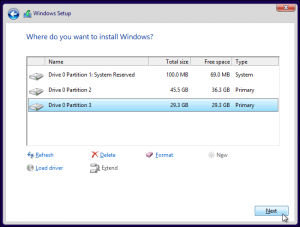
Some partitions are readily available to the operating system while you store only data in other partitions. Therefore, after installing Windows 10 on your hard drive, it is advisable to partition it at first, and then formatting it before it can be available to Windows 10.
Why do we need to Partition our Hard Drive?
For most users, there are two essential reasons:
- Virus attack:
Computers are constantly being attacked by viruses, if your system is infected by a virus and there is only one partition and you format the partition. What will happen? If there was only one partition on hard drive you automatically loose all of your data after formatting.
Partitions are used as backups which are not affected by the happenings of the operating system.
- Ease of Control:
You can separate your operating system, programs and data. It is more convenience for you to manage your different datum in this way. In the event of a system crash, you will just need to reinstall your system; the programs or data stored in other partitions are still safe.
- Multiple Operating Systems:
Most people partition their hard drive for the freedom and flexibility it gives them as they can choose between various Operating Systems (Windows 7, Windows 8, Windows 10 ans Linux
How to Partition Windows 10 Hard Drive:
Windows 10 is the latest iteration of the Windows Operating System (OS) released by Microsoft. Its loads better when compared with Windows 8, such as adding the Start Menu icon seen in Windows 7, a virtual desktop system, a voice assistant named Cortana, Xbox app and streaming, and the new revamped Edge browser.
So how do we go about partitioning it? Well, It sounds difficult for users to partition their hard drive, but don’t worry, Windows 10’s Disk Management tool help you manage hard disk partitions without rebooting your system or interruption. It is a convenient tool for Windows 10 users. The prime features of Windows 10 Disk Management are as follows:
- Ability to create, delete and format partition.
- You can now mark partition as active.
- Now you can explore partition to view files.
- Freedom to convert empty dynamic disk to basic disk.
- Helps you extend and shrink partition.
- Also change drives letter and paths.
- Convert empty MBR to GPT disk, and vice versa.
Extending Partition using Windows Disc Management tool
It’s sort of complex using disk management in Windows 10 to partition hard drive. Therefore, it is highly recommended to backup important data in hard drive.
We have three ways for you to launch Disk Management tool.
- Way 1: The easiest way for you to launch “Disk Management” in Windows 10 is from your Desktop. Right click on Start Menu (or press Windows + X hotkey) and select “Disk Management”.
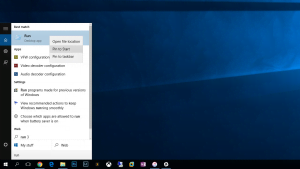
- Way 2: By using the Windows + R hotkey to open Run window. Type “Diskmgmt.msc” and click “OK” or hit the “Enter” key.
- Way 3: Directly typing “Disk Management” in the Search box and choosing “Create and format hard disk partitions” from the options.
After launching Disk Management, search for “hard disk partitions” at the Start Menu or Search tool. Right click the hard drive and select “Shrink Volume”.
Right click on the unallocated space and select “New Simple Volume”. Enter the New Simple Volume Wizard interface by clicking Next and specify the volume size.
Assign Drive Letter or Path (e.g. C:, D:, E:,) then format the partition into default file system NTFS. Click Finish to complete creating a new partition in Windows 10.
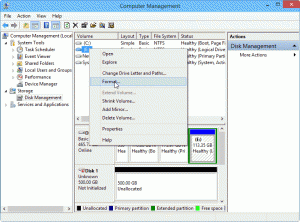
Note: Be careful while carrying out the above operations. Mistakes may result in loss of vital data.
